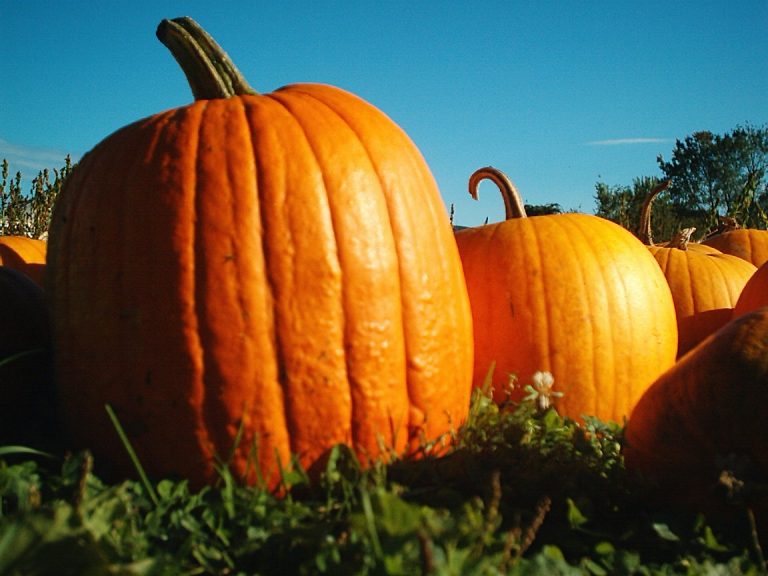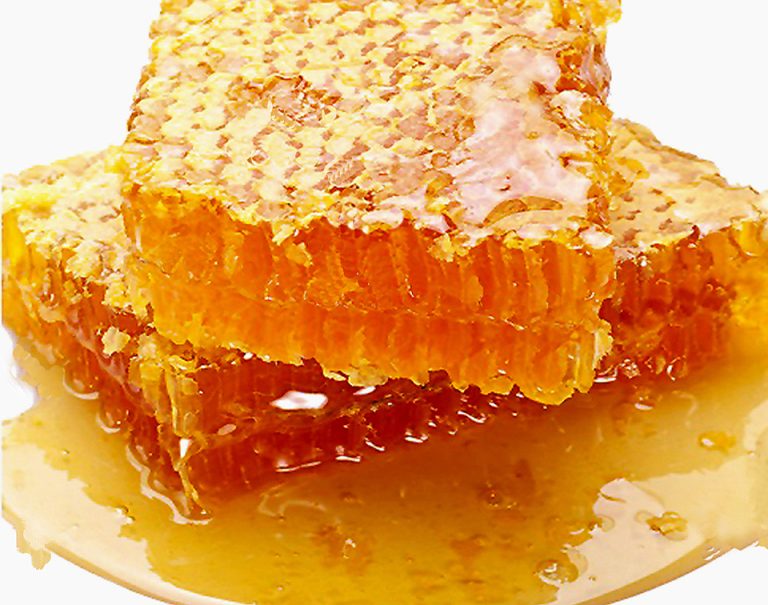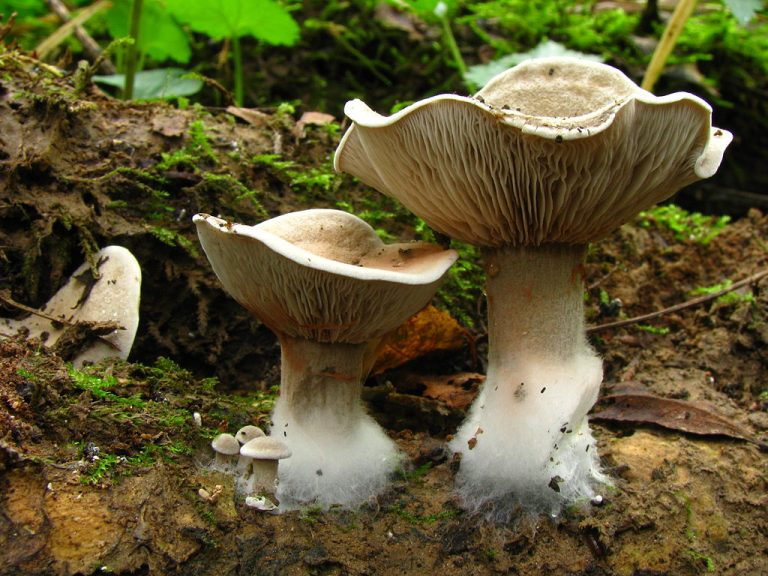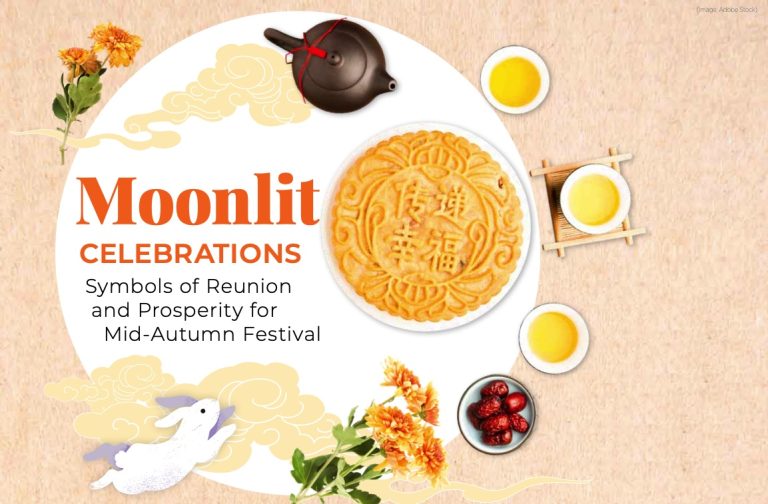When take a closer look at the foods we eat, it’s really incredible how complex and fascinating they are.
I recently added a fig tree to my garden. After some trial and error in overwintering a hardy specimen that did not care for my interference, this summer I was delighted to see it covered in figs. This was puzzling, however. I couldn’t figure out where the fruit came from, since I never saw any flowers…or did I?
Go figure (1)

As it turns out, a fig is not actually a fruit, but a vegetable — in the form of an inverted flower! Natural pollination occurs via an intriguing process, when a tiny wasp enters the small aperture at the base of the fig to lay her eggs, and, in the process, pollinate the inside-out flower.
She loses some appendages squeezing through the tiny hole and never makes it back out, but her disfigured body is dissolved by enzymes in the ripening fig. The eggs that hatch into male wasps mate with the female eggs, and then they die and dissolve inside the fig as well. When the fertile females hatch, they make their way out of the fig to repeat the process.
If you aren’t into entomophagy, you’ll be happy to know that today, the vast majority of figs that we consume are produced without the help of wasps. In particular, the common fig — a very popular backyard tree — does not require pollination to ripen.
Success
You are now signed up for our newsletter
Success
Check your email to complete sign up
This made me wonder how many other foods I could find that are not what we commonly believe them to be, and the number is not small.
This will drive you nuts
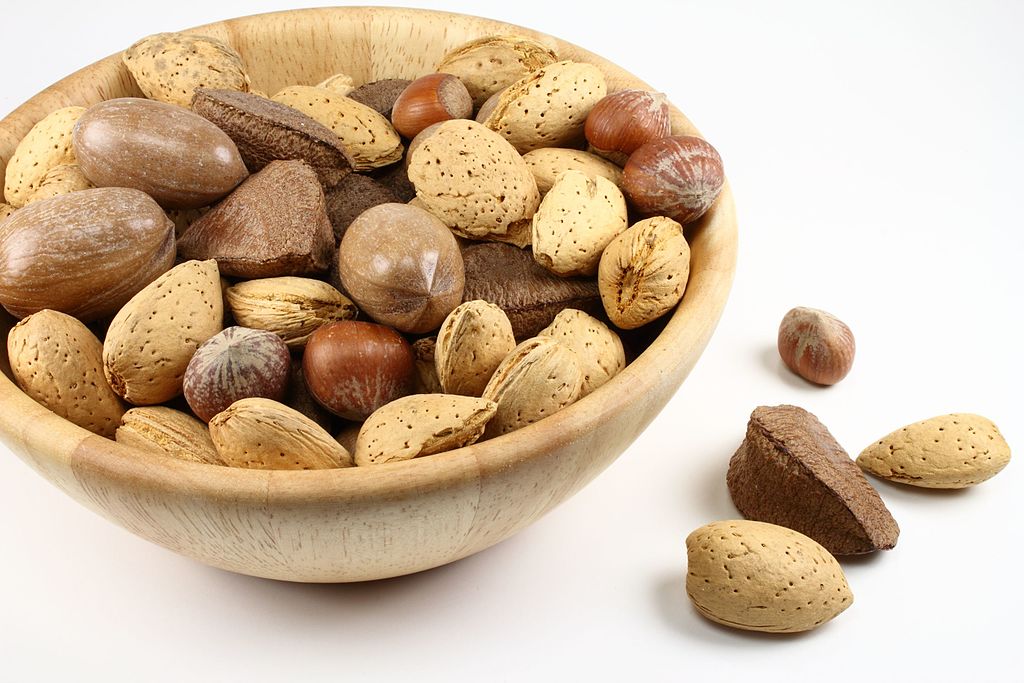
Most of the foods we know as nuts are, botanically speaking, not nuts! A true nut is defined as a dry fruit consisting of a single seed (or kernel) inside a hard, non-splitting, ovary wall (or shell). By definition, this disqualifies a wide range of “nuts,” including almonds, Brazil nuts, cashews, peanuts, pecans and more. True nuts include acorns, chestnuts and hazelnuts. The rest fall into other categories:
Drupes (5)
Most “nuts” are actually the seed of a drupe — a fleshy fruit with thin skin and a central stone containing the seed. Picture a cherry or a mango, if you will, and then broaden the image to include almonds, coconuts, pecans and pistachios, which are all hard-shelled seeds within a fleshy fruit. The cashew is even more curious, as it grows outside of its drupe — the cashew apple. It is still up for debate whether the walnut is a drupe or a drupe-like nut.
Angiosperm seeds (4)
Some so-called nuts are simply the seeds of angiosperms,- flowering plants that carry their seeds within a mature ovary, or fruit. Peanuts and soy nuts are leguminous members of this category, but it also includes Brazil nuts and macadamia nuts.
Gymnosperm seeds (2)
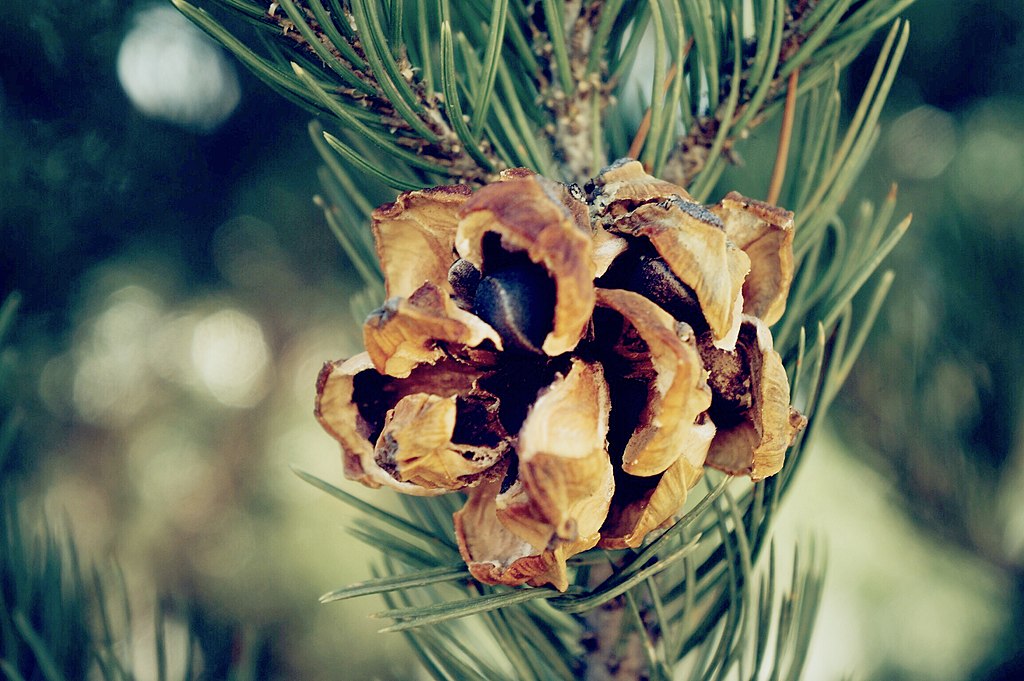
Gymnosperms are cone-bearing plants that, because they don’t flower or have ovaries, produce exposed, or “naked” seeds. These include what we call pine “nuts” and ginkgo “nuts.”
Going amongst the grains (5)
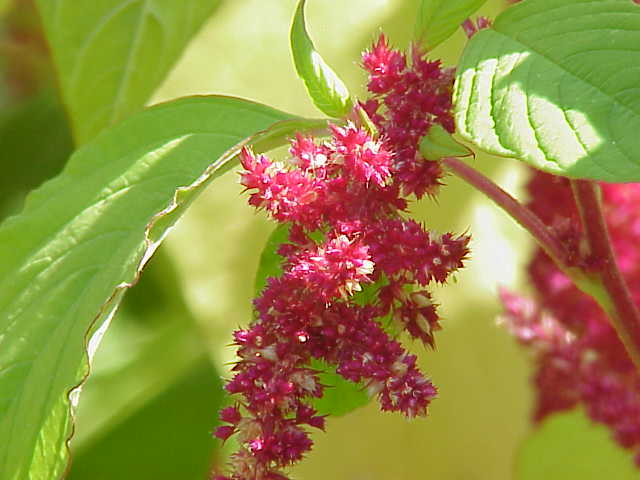
Cereal grains are a staple food, and a large part of most diets. They are defined as small, hard, dry fruits borne on members of the Poaceae (grass) family. True grains include barley, corn, millet, oats, rice, rye, sorghum, teff and wheat; but there are a few seeds (with similar culinary use and nutritional value) that often get lumped in with grains.
Quinoa, for instance, is often referred to as an “ancient grain,” but is more closely related to spinach than grass. Besides leafy greens and beet roots, the Amaranthaceae family includes many pseudo-grains — like the seeds of amaranth, kañiwa, lamb’s quarters, and quinoa.
Buckwheat is another pseudo-grain seed. It is a member of the Polygonaceae family, which includes rhubarb, sorrel, and knotweed..
Berry curious (20+)
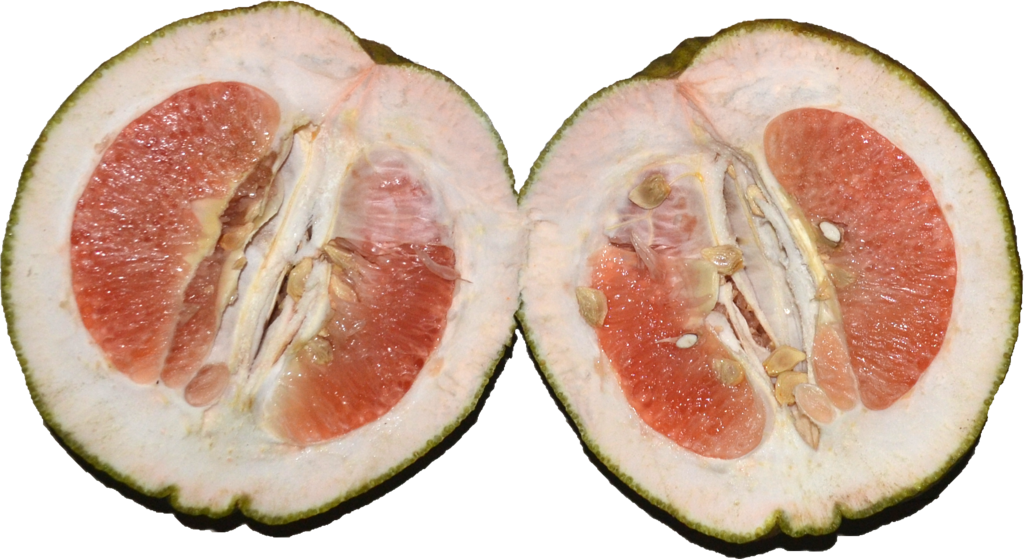
While most gardeners will label any seed-bearing produce — including cucumbers, eggplant, melons, peppers, squash, and tomatoes — fruit; few would be so bold as to call them berries. But, botanically speaking, that is the more precise nomenclature.
Berries form from the single ovary of a single flower. They have a three-layered pericarp (pulp) which carries seeds inside. The pericarp is typically made up of a soft exocarp (skin), a fleshy mesocarp, and an endocarp (which envelops the seeds). Avocados, bananas, citrus fruits, and all of the above-mentioned garden produce fit the bill; but many of our favorite “berries” do not.
Strawberries, for instance, are disqualified because, one: there are several ovaries in each strawberry flower, and two: they bear their seeds on the outside. They are called accessory fruits. Mulberries, raspberries, blackberries and other brambles also develop fruit from multiple ovaries, but these ones are called aggregate fruits, or, more accurately, aggregate drupes. An elderberry is also a drupe, as is acai — the tropical “superberry,” but the pineapple is an aggregate fruit made of multiple berries!
Blueberries, cranberries and huckleberries may be the only ones properly named. Like grapes, kiwis, pumpkins, and watermelons, their flowers have multi-chambered ovaries, which accounts for the many seeds in each, um, berry.



